Home > Cremations
Cremations
Leaving offerings of sesame seeds and water (pitru tarpanam) is another important practice mentioned on the webpage, believed to bring satisfaction to the ancestors.
A Guide to Performing Post-Death Rituals According to Hindu Traditions
Finding Peace and Closure Through Cremation Rites
The page details the rituals performed on the first day after death, including cremation. It also mentions monthly rituals (abdikam) and yearly rituals (abdikam-maasikam) performed to honor the deceased. Additionally, it highlights the importance of performing ancestral remembrance ceremonies (srardham or thithi) on the death anniversary of the deceased.
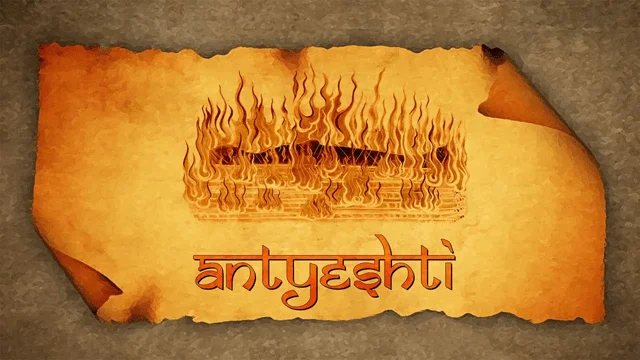
Funeral (Antyeshti)
According to Hindu tradition, cremation is the first day after a person dies. The process of cremation is to unite the human body in the Panchabhutas. To conduct a funeral scientifically
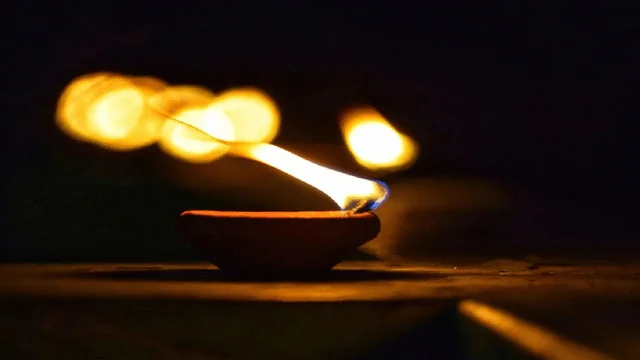
Ten-day rituals (Uttara-kriyalu)
The first 10 days after a person dies are called Dasha Dina Karma. The process by which the human soul is sent to the ancestral gods.
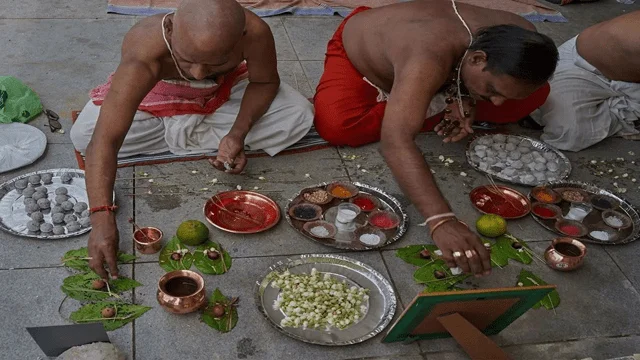
Monthly rituals (abdikam-maasikam)
The rituals performed every month after a person dies are called menstruation. The rituals performed every year are called abdikam.
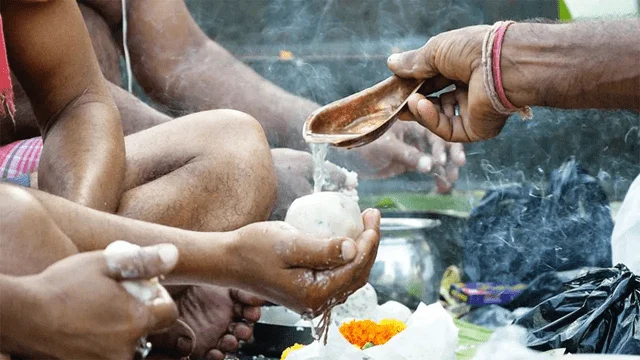
Abdikam
The death anniversary of ancestors, also known as Annual ceremony / yearly ceremony / Thithi / Srardham is performed every year on their death date (thithi) in remembrance of the ancestors.
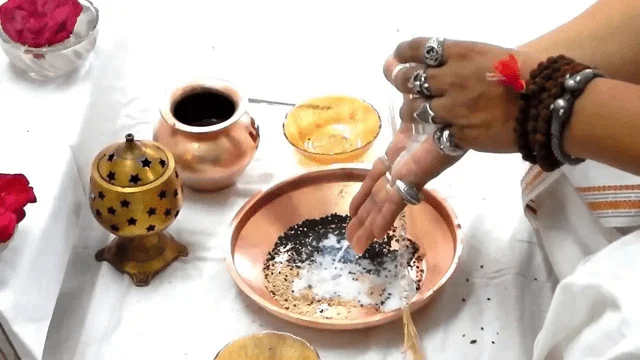
Pitru Tarpanam
Akshaya Satisfaction for the ancestral gods means leaving sesame and water on special days is called Pitru Tarpanam. Tarpanas should be left every Month, and in the patriarchal parties.
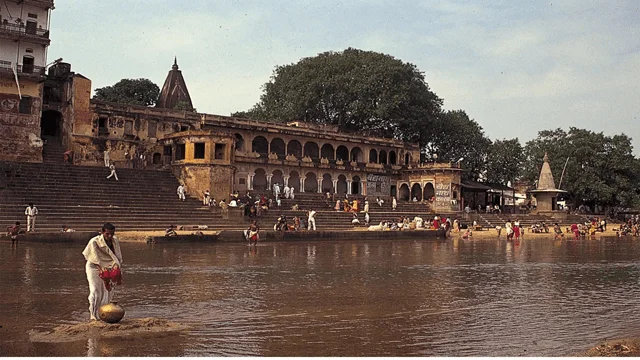
Gaya Sardham
By performing this srardham ritual with dedication and devotion, one can get ancestor blessings, which will lead to a very happy and prosperous life.This is an event that should be held in Gaya.
